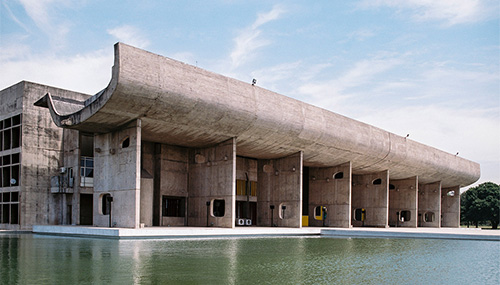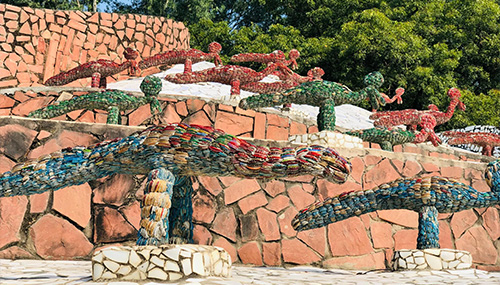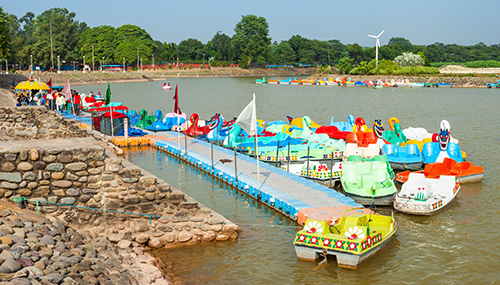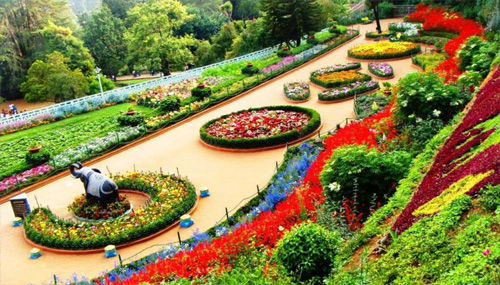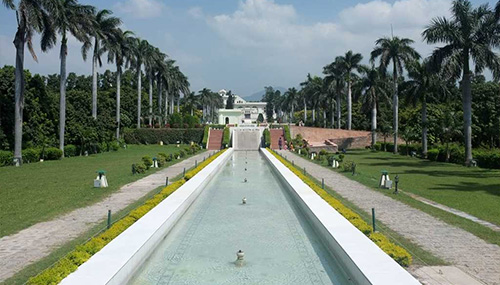The Capitol Complex
Designed by the renowned architect Le Corbusier, the Capitol Complex is an architectural marvel. It houses the Secretariat, the High Court, and the Legislative Assembly. The striking design and layout make it a must-visit for architecture enthusiasts.
